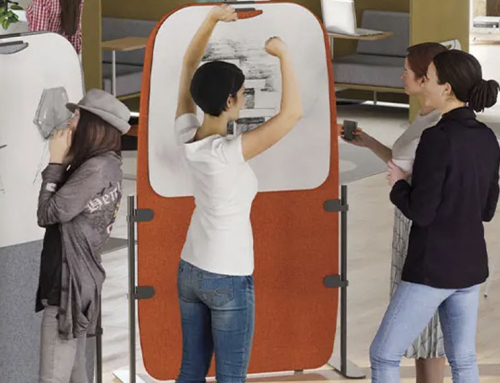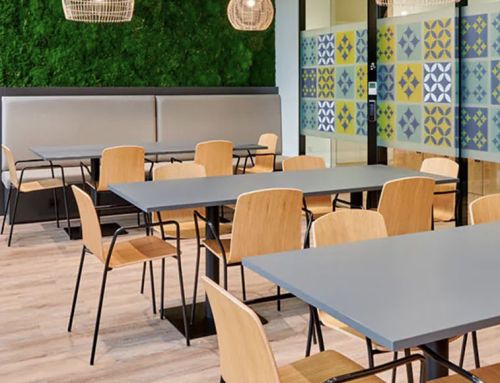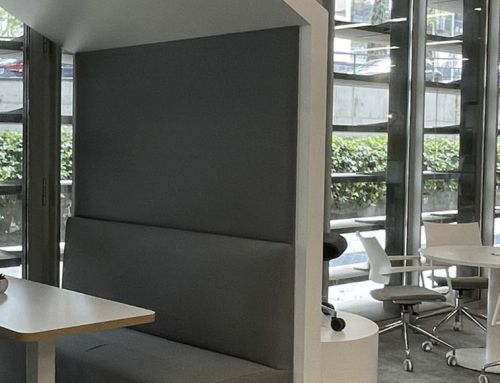The concept of agile spaces has existed for some years in the workplace, since more and more companies within it need to offer greater flexibility to workers in their offices.
As organizations welcome workers back to the office and the world moves toward the next normal, the agile workplace is now more important than ever.
This flexibility and/or agility does not only refer to the option of combining work in the office with work outside of it; it is also necessary in the office itself so that inside each person finds the most appropriate place to work, meet or disconnect.
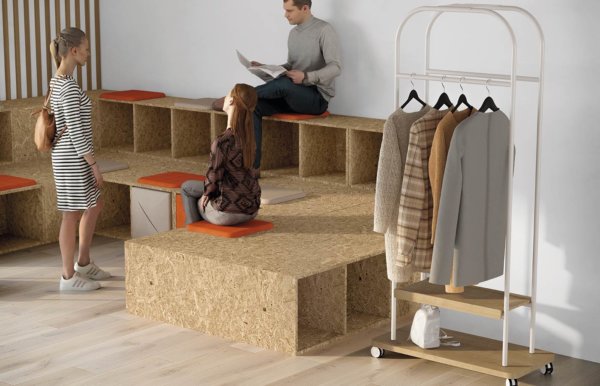
Furniture: Forthink by Ofita
Agile spaces, keys to the next normality
Agile spaces will be a key part of the next normal. In the first place, because one of the features that definitely defines the future of work is trust in the worker and his greater autonomy. People will appreciate being in control of their own workday and the confidence it takes to do so. In fact, losing this autonomy in terms of when and where they work is one of their main concerns for going back to the office. As a result, people who have returned to corporate headquarters expect to have more options for where to work in the office.
There are additional benefits, in addition to the empowerment of workers. Among them, the creation of a feeling of community and a bond with the brand. In fact, the main motivation to return to the office is to be together. We miss the collaboration in person and the feeling that “we are part of something”.
The office is no longer just a place to work; rather it is a place to connect. The work environment has to support this new role. Therefore, agile offices are powerful social with different spaces for collaboration and personal encounter, both formal and casual and spontaneous.
We’re talking about creating an environment that’s flexible and productive by providing employees with a variety of spaces they can move through quickly and easily, depending on their activities. Taking into account that some work activities require specific scenarios.

The third reason behind this concept of agile offices is control over our own well-being, a well-being that we have enjoyed working from home and that we are not willing to give up.
For this reason, agile spaces include rest areas that can help workers to disconnect and take a break. By creating a work environment that encourages taking breaks, companies are committed to the emotional health of their workers and to the creation of a work environment based on that trust to which we referred.
Workers gain in health and happiness, and organizations benefit too, as these agile spaces translate into higher levels of productivity, as well as more engagement, collaboration, and greater motivation from their workforce.
What spaces include the agile offices?
As we can see, agile offices include different types of spaces, from shared areas for teamwork, to rest spaces, soft seating areas, operative positions, acoustic booths and small rooms for concentration or for carrying out activities. a video call, for example. And, of course, the spaces designed to work with Agile methodologies. Those disruptive spaces that completely break the traditional aesthetic dynamics of offices with a different proposal in design and functionality, which supports the change that working with agile methodologies entails.
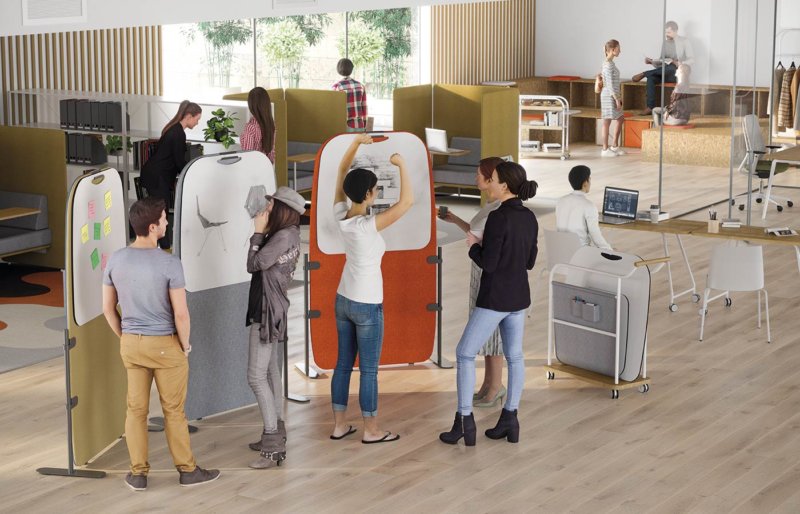
Furniture: Forthink by Ofita.
Office furniture, the facilitator of agile spaces
Office furniture must facilitate the creation of these agile offices, with its flexibility and solutions for each type of space, many of them mobile and reconfigurable. Like the ones proposed to us, for example, the Forthink line, designed precisely for those spaces for innovation.

